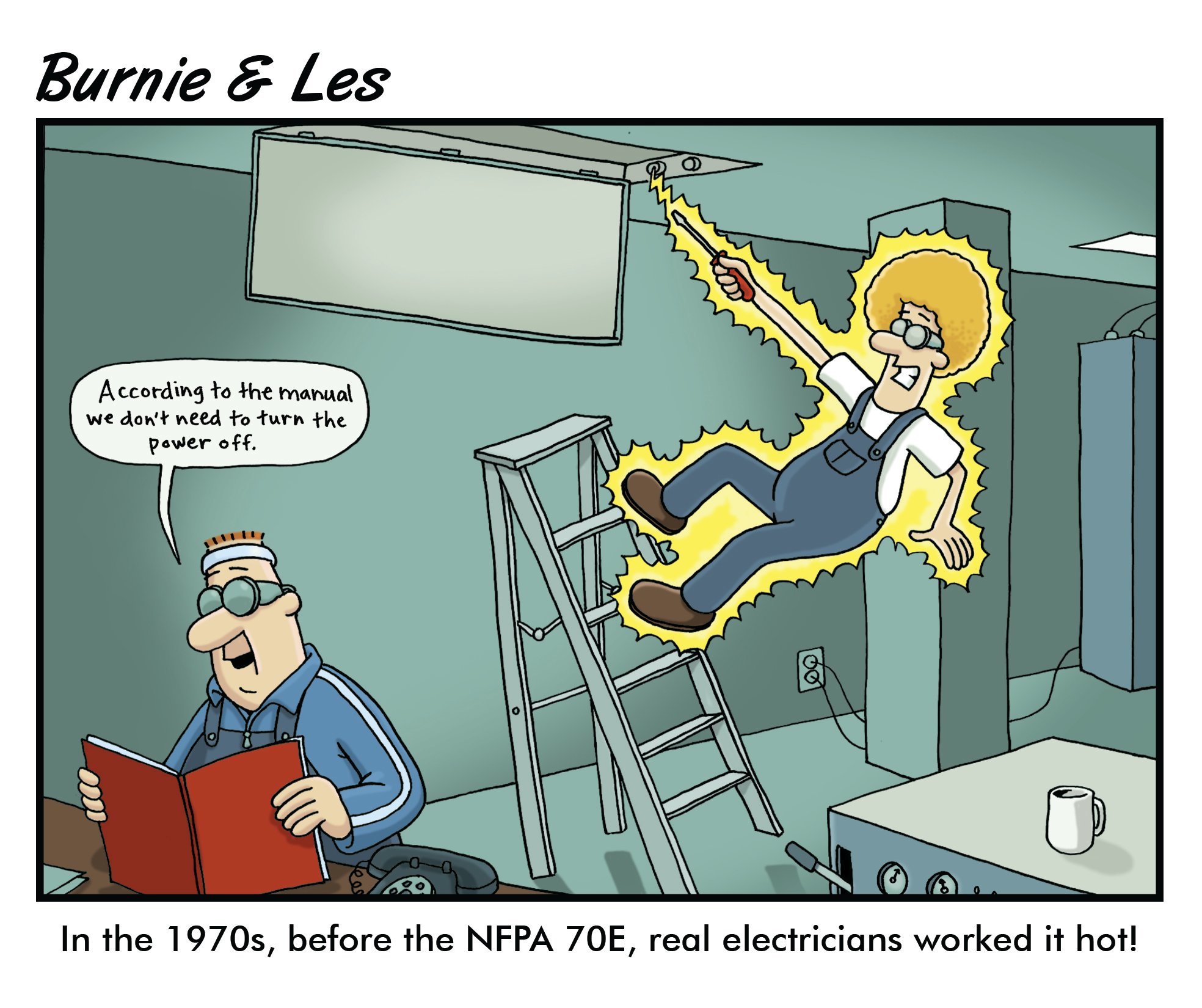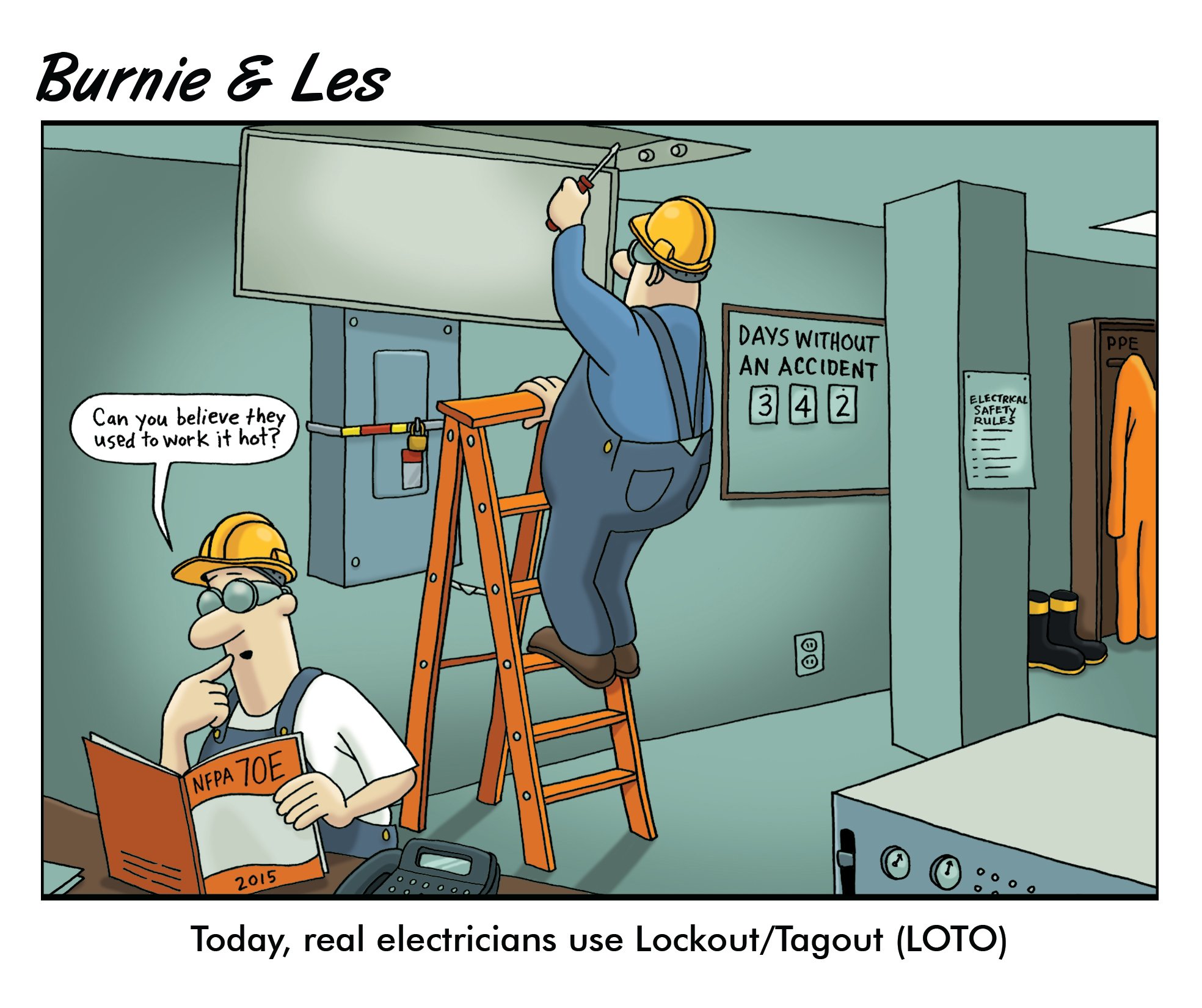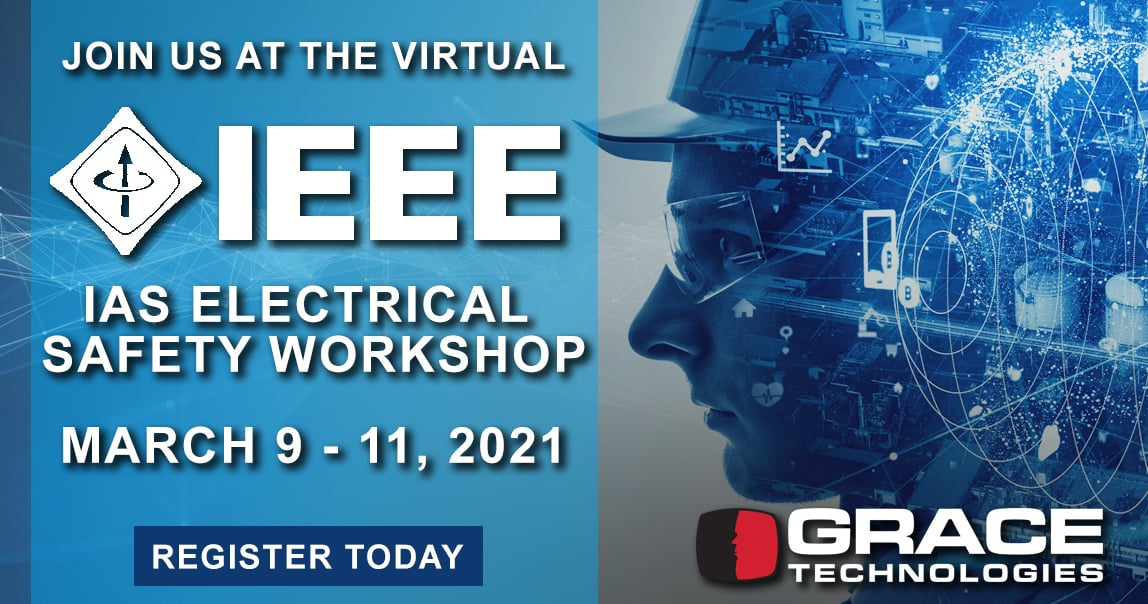
As Grace Technologies Founder & Chairman, Phil Allen, once said, "Safety is the reduction of risk, not the absence of risk." Every three years, NFPA 70E publishes a revision to their standard for electrical safety requirements to reduce risk even further. These changes often come about to bring clarity to the standards as well as to recognize when new technology and safety solutions emerge that improve the methods and procedures involved while interacting with electricity.
OSHA considers NFPA 70E “the primary consensus standard addressing electrical hazards.” In a recent article, Safety+Health Magazine interviewed NFPA Senior Electrical Engineer Christopher Coache about the recent changes and he had this to say, “Over the last few cycles, the standard has taken steps for people not to misuse it and injure themselves. I like it because it’s easier for people to understand.” Coache further elaborated on what he says are the top five key changes to the 2021 Edition of NFPA 70E:
1. Article 110: General Requirements for Electrical Safety-Related Work Practices2. Article 360: Safety-Related Requirements for Capacitors“Article 110 applies to everything,” Coache said. “It’s the basis for what you should be doing.” Changes to the article involved reorganizing it to ensure the requirements are in a proper progression. This included moving the general principles of lockout/tagout from Section 120.2 and energized work requirements from Section 130.2.
“They’re moving things over to make the standard more logical,” Coache said.
The article contains a new subsection – 110.5(K) – that requires an employer’s electrical safety program to “include an electrically safe work condition policy.”
“Capacitors were always included, but now they’ve got their own article,” Coache said. “With all the alternate energies, there are a lot of capacitor systems being used. If you shut them off, they still have power. It’s like a battery, essentially.
“The public, the industry and the technical committee felt that a full, dedicated article to capacitors was important. There are stored-energy capacitors used in lots of systems.”
The article includes measures to keep workers safe, perform a risk assessment and establish an electrically safe work condition for a capacitor.
3. Section 350.9: Energy Threshold Change
Section 350.9 revises energy thresholds for electrical equipment and systems in laboratories (50 volts and 5 milliamperes for alternating current; 100 volts and 40 milliamperes for direct current) unless appropriate controls are implemented.
With the addition of Article 360, the capacitive circuit threshold was deleted to avoid duplication and potential confusion, according to NFPA.
4. Table 130.5(C): Arc Flash Incident Likelihoods
“That table came about because of a change in learning how people were misusing the standard,” Coache said. “It’s to pass the concept on that you need to make sure that the likelihood of an occurrence doesn’t exist for your piece of equipment. The people who write the standard and the public who share input don’t have the ability to determine if your piece of equipment has an arc flash or not.”
Coache said NFPA 70E was never meant to make individual determinations on equipment. For example, the standard isn’t able to take into consideration if a circuit breaker or other electrical equipment is poorly maintained.
“People were blindly going into the standard and using the tables without considering the likelihood of an occurrence,” he said. “The standard is trying to guide people more into making better calls than they had historically.”
5. Article 130: Work Involving Electrical Hazards
Two sections – 130.1: General and 130.2: Energized Electrical Work Permit – have been rewritten to accommodate information moved from other portions of NFPA 70E.
The result is more details focused on safety-related work practices, assessments, precautions and procedures when an electrically safe work condition can’t be established, along with elements and exceptions of a work permit.
A new NFPA 70E fact sheet that you can download for free explains the purpose of NFPA 70E and highlights the following:
- Key changes in the 2021 edition
- The relationship between NFPA 70E and other codes and standards
- The connection between OSHA's standards and NFPA 70E
- The role employees and employers play when it comes to electrical safety in the workplace
- The application of NFPA 70E across the globe

For an in-depth analysis of both the NFPA 70E & CSA Z462 2021 Edition changes, check out our recent webinar with Terry and Bhanu as they get into the specifics for both. If you make it until the end, you will see why there is so much important information for these new changes that they can barely fit into their entire presentation! Check it out below:
Bhanu Srilla, MS, CESCP, CMRP, CRL
Bhanu Srilla is the Director of Technical Marketing at Grace Engineered Products, Inc. He is an IEEE member, and a member of Standards Technical Panel (STP) for UL 1436, UL 61010, UL 508, and 508A Standards. Bhanu is a certified electrical safety compliance professional (CESCP) by NFPA, certified maintenance and reliability professional (CMRP) by SMRP, certified reliability leader (CRL) by reliability web, and holds advanced degrees in Electrical Engineering, Manufacturing Systems, and Technology Management.
Terry Becker, P.Eng., CESCP, IEEE Senior Member
Terry Becker has over 28 years of experience as an Electrical Engineer, with 12 years specifically devoted to electrical safety. Terry is the First Past Vice-Chair of the CSA Z462 Workplace electrical safety Standard, a founding Voting Member from 2006. Terry is also a founding member and Voting Member of the CSA Z463 Maintenance of electrical systems Standard. Terry is a Voting Member on the IEEE 1584 Guide for Performing Arc-Flash Hazard Calculations Technical Committee. Terry has provided electrical safety consulting and arc flash and shock training across Canada in all industry sectors.

Grace Technologies is excited to partner with a special guest for our next FREE webinar: “How Safety Choices You Make Affect You, Your Family, and Friends” will be an interview-style webinar between Grace’s Director of Technical Marketing, Bhanu Srilla, and James 'Woody' Wood from CNDBSafe.
Wood experienced an accident on the job and now shares his story with workplaces all over the globe. They will discuss what led up to the accident, the details of the accident itself, and what companies can do to ensure this doesn’t happen to their personnel. Click here to register today!
Planning on attending IEEE IAS Electrical Safety Workshop in March? We'll be there! Register today and meet us there virtually. Our Grace booth will be packed with the latest and greatest from our Permanent Electrical Safety Devices and more!
Stay SAFE and have a have a GREAT week!



